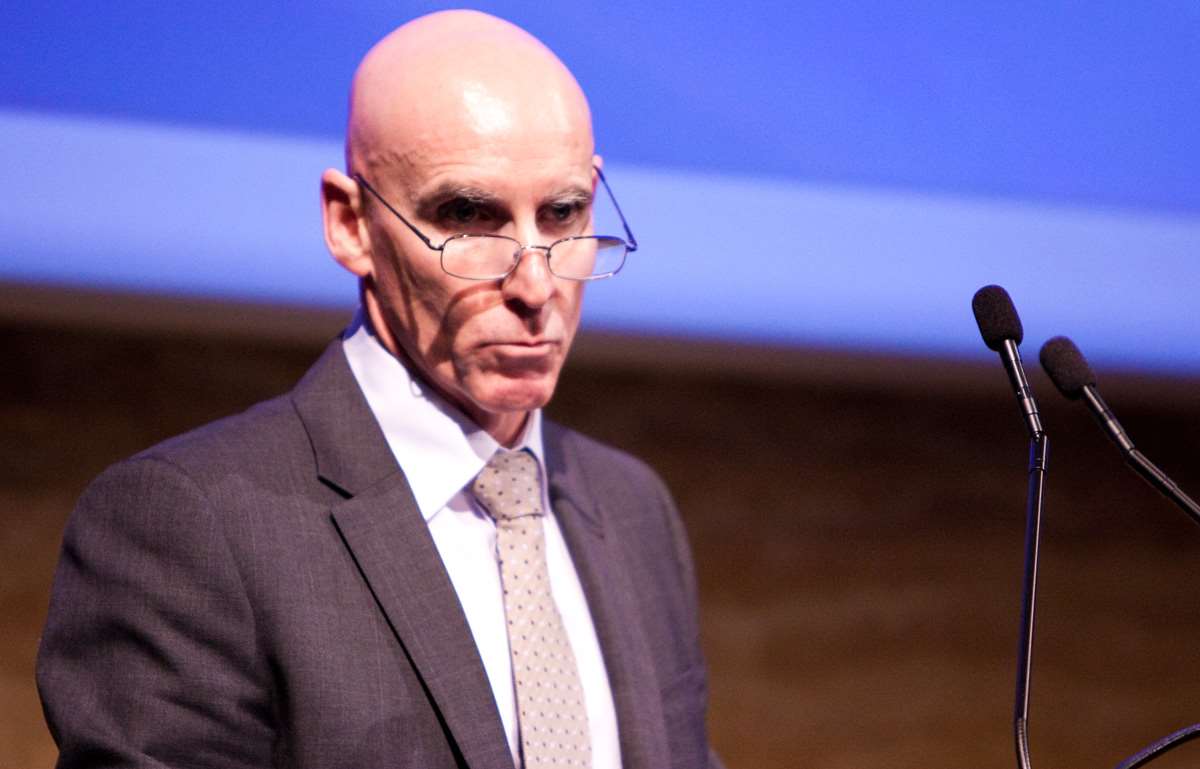Former NBN Co CEO Mike Quigley has broken his silence by publishing a lengthy analysis that blames the Coalition and its multi-technology mix (MTM) for a recent $15 billion blowout in project costs.
“The only thing that the past two years has demonstrated is that the only parts of the MTM that are providing services to end users of the NBN are those parts that continued the work of the previous Labor Government,” Quigley said in the paper, which was released by the ABC.
“It is time to stop trying to blame the previous Government and management for the problems with the costs and timing of the MTM and admit that the cost to roll out HFC and FTTN and the timescale that would be needed were grossly underestimated by the Coalition.
“That is why we are now seeing a $15 billion increase from the Strategic Review and a $26.5 billion increase from [the Coalition’s election] commitment in April 2013.”
Quigley’s paper systematically attempts to work out where the $15 billion in added costs on the project comes from.
He notes the costs of fibre-to-the-premise (FTTP), fixed wireless and satellite tracked broadly in line with projections by NBN Co under his watch, with cost costs ending up less than projected.
While the cost of the underlying transit network was also broadly in line with projections, Quigley believes some of the $15 billion in cost blowout is built into changes to transit and NBN Co’s IT systems to make them work in an MTM world.
By discounting existing parts of the NBN model as the source of the cost blowouts, Quigley laid the blame squarely on the new elements – hybrid fibre coaxial (HFC) and fibre-to-the-node (FTTN).
“These are the real culprits of the $15 billion increase - not previous management, not inadequate financial systems, not hidden costs in the FTTP rollout,” he said.
“Mr Turnbull has consistently talked up the cost and time taken to roll out an FTTP network and talked down the costs and time to taken to roll out FTTN and HFC.
“And now the chickens are coming home to roost.”
Quigley attributed other sources of the blowout to the renegotiated agreements with Telstra – which saddle NBN Co with more copper maintenance responsibility – and on the constant downgrades to targets for active FTTN and HFC connections, which would result in a revenue hit for NBN Co.
“The reduction in HFC and FTTN paying customers between 2015 and 2018 can be expected to have a significant impact on NBN Co’s revenues – thus contributing to the $15 billion increase in total funding required,” he said.
“This will be further compounded by the additional interest bill that NBN Co will now have to suffer as a result of its increased borrowings.”
Quigley also used his paper to dispute the enormous figures provided by the Coalition to complete an FTTP rollout as originally envisioned.
“The costs and the timescale associated with FTTP continue to be greatly overestimated,” he said.
Quigley also attacked the lack of vision on the project and questioned whether the network could meet the economic benefits originally envisioned.
“The NBN is not – and never was – about providing enough bandwidth for people to stream Netflix at home,” he said.
“It is about providing the vital infrastructure that Australia needs to stay competitive in the 21st century. And that should have meant a ubiquitous FTTP network, not a mishmash of technologies using old cable, with higher operating costs.
“As long as Australia’s broadband future is tied to an aging copper network, we will fall further and further behind our competitors and trading partners.
“At a cost of $56 billion and counting, that will be Mr Turnbull’s legacy.”









